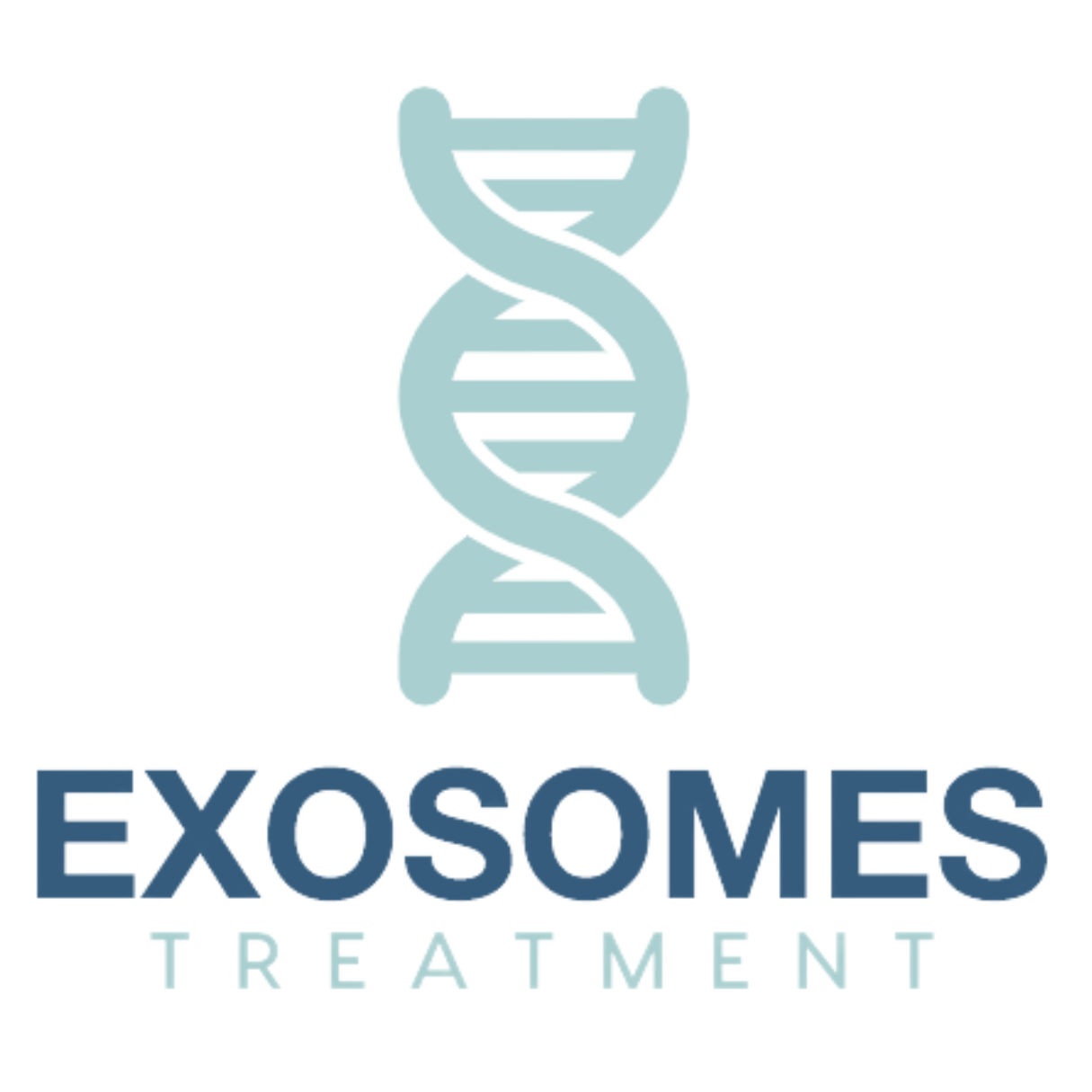Mesenchymal Stem Cell Exosomes
Exosomes are small extracellular vesicles secreted by many types of cells, including mesenchymal stem cells (MSCs), which have gained increasing attention in recent years for their potential therapeutic applications. MSC exosomes are enriched in a variety of biologically active molecules, including proteins, lipids, and nucleic acids, which can modulate cell behavior and promote tissue repair and regeneration. In contrast, Botox, a brand name for botulinum toxin type A, is a neurotoxin that is used to temporarily paralyze muscle activity in order to reduce wrinkles and fine lines in the skin. While both MSC exosomes and Botox can be used for cosmetic purposes, there are several key differences between these two approaches.
One major advantage of using MSC exosomes over Botox is that exosomes are able to target multiple pathways involved in skin aging and damage, rather than just addressing muscle contraction. MSC exosomes contain a diverse array of bioactive molecules that can promote collagen synthesis, inhibit inflammation, and stimulate angiogenesis, among other functions. For example, studies have shown that MSC exosomes can increase the expression of collagen I and III in human dermal fibroblasts, leading to improved skin elasticity and firmness (1). In addition, MSC exosomes have been shown to reduce oxidative stress and inflammation in skin cells, which can contribute to premature aging and damage (2). By targeting these various pathways, MSC exosomes have the potential to improve overall skin health and appearance, rather than just reducing the appearance of wrinkles and fine lines.
Stem Cell Facials vs. Botox
Another advantage of using MSC exosomes as stem cell facial cosmetic applications is that they are non-invasive and have a lower risk of adverse effects compared to Botox injections. Botox injections can cause a range of side effects, including muscle weakness, drooping eyelids, and difficulty swallowing or breathing (3). In contrast, MSC exosomes are derived from natural sources and are unlikely to cause adverse reactions or complications. In addition, MSC exosomes can be applied topically to the skin, rather than requiring injections, making them a more convenient and accessible option for many people.
Finally, MSC exosomes have the potential to promote long-term improvements in skin health and appearance, rather than just providing temporary results. While Botox injections typically last for a few months before muscle activity returns to normal and the effects wear off, MSC exosomes can stimulate ongoing tissue repair and regeneration. Studies have shown that MSC exosomes can promote the proliferation and migration of skin cells, leading to increased collagen synthesis and tissue remodeling over time (4). In addition, MSC exosomes have been shown to improve wound healing and reduce scarring, indicating their potential for promoting long-term tissue repair and regeneration (5).
In conclusion, while both MSC exosomes and Botox can be used for cosmetic purposes, MSC exosomes offer several advantages over Botox injections. MSC exosomes are able to target multiple pathways involved in skin aging and damage, are non-invasive and have a lower risk of adverse effects, and have the potential to promote long-term improvements in skin health and appearance. While further research is needed to fully understand the potential of MSC exosomes for cosmetic applications, they represent a promising new approach to skin rejuvenation and anti-aging.
References:
- Kim, Y. J., et al. (2021). Mesenchymal Stem Cell-Derived Exosomes for Skin Aging and Photoaging. Frontiers in Cell and Developmental Biology, 9, 682372.
- Zhang, B., et al. (2018). Mesenchymal Stem Cells Secrete Immunologically Active Exosomes. Stem Cells and Development, 27(10), 1-12.
